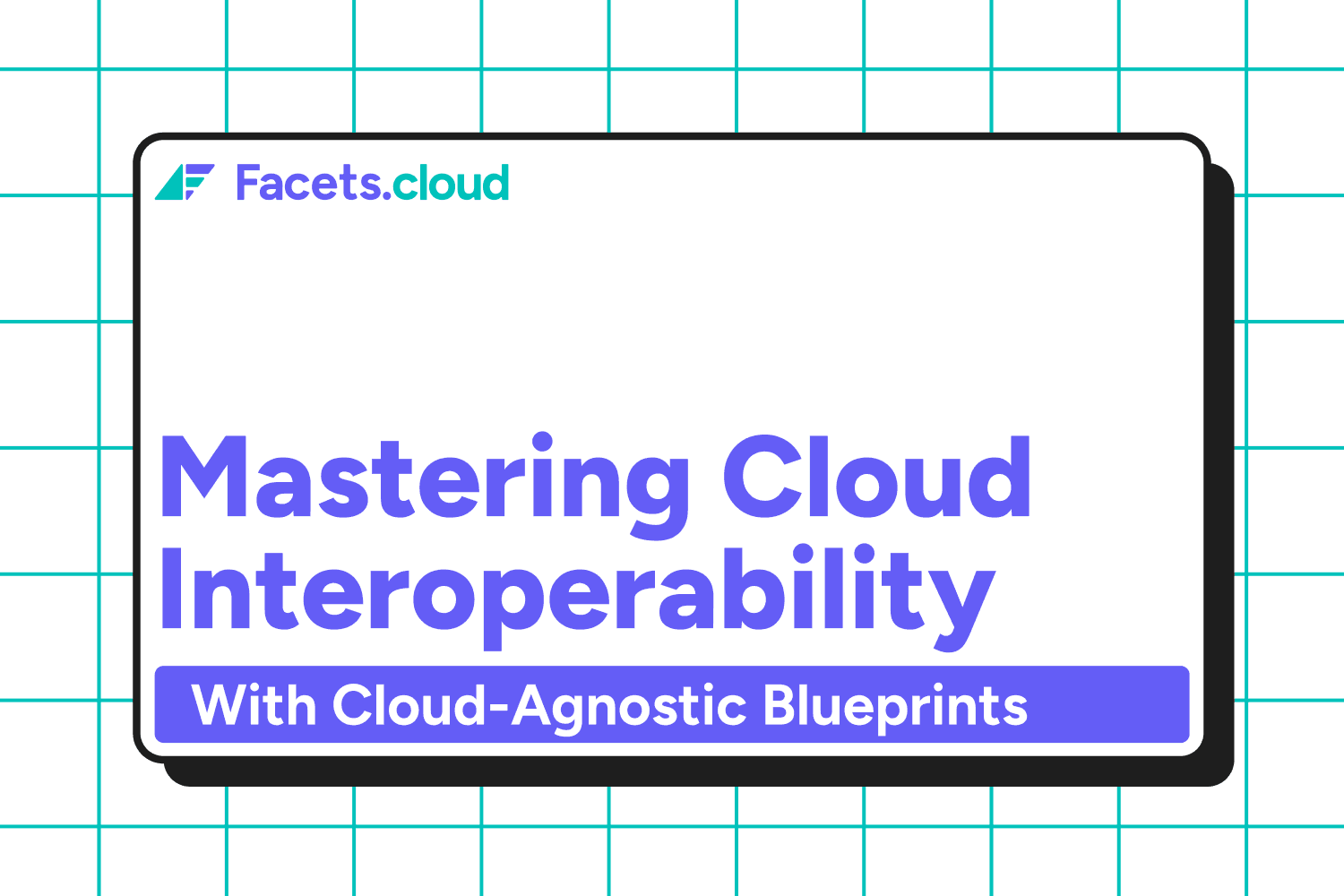
Endlessly rising cloud costs, a problem many businesses know all too well. Trying to cut these costs with standard audits and tools often leads to only short-term relief, without solving the underlying issue. Think of audits as regular health checks—they're helpful, but they don't cure the fundamental problems causing costs to spiral. It's time for a change in tactics.
The solution lies in a proactive, ground-up approach to managing cloud costs. Instead of looking for quick fixes, the aim is to build an efficient system from the start, focusing on preventing problems before they arise. Platform engineering shines here, offering smarter, more efficient cloud management techniques. It's about navigating through cloud costs with greater accuracy and planning.
Over the past decade, the cloud has made it easier for developers to deploy and scale applications, thanks to giants like AWS, Azure and GCP. However, as businesses grow, cloud expenses can surge, sometimes eating up to 50% of total revenue. For most Saas applications, crossing the 7%-10% mark means re-evaluation of cloud spending, leading to efforts to optimize and manage costs.
Fortunately, new tools and platforms are emerging to address these challenges. Solutions from cloud providers and other platforms like Zesty, Apptio, and Harness are making it easier to see and optimize costs. This piece explores how adopting a design-first approach can transform cost visibility and management in the cloud, offering a strategic way to tackle cloud expenses effectively.
The Band-Aids: Addressing Cloud Costs Attempted Approaches
When organizations see their cloud costs climbing, they typically turn to different strategies to get them under control. But these methods are usually reactive, aimed at cutting back on current expenses rather than stopping high costs before they start. Let's simplify these common tactics:
Strategy | Description |
Audit | Utilizes continuous audit cycles to identify and address areas of excessive spending. |
Manual Oversight | A centralized team reviews cost dashboards to pinpoint and inform departments of overspending. |
Project Tracker | Implements a tracking system to monitor cost reduction efforts and keep stakeholders informed. |
Tools & Anomaly Detection | Employs specialized tools for better cost analysis and anomaly detection, some allowing automated responses. |
Ops Team Responsibility | Assigns the operations team the task of managing costs, adding to their already heavy workload. |
Although these strategies can provide quick relief by trimming unnecessary costs, they don't create a cost-effective system from the start. This results in a pattern of temporary solutions rather than a lasting fix.
While traditional ways of managing cloud costs are useful, they highlight the importance of moving towards a more proactive approach. By adopting platform engineering principles early on, organizations can lay the groundwork for enduring cost efficiency. This shifts the focus from short-term fixes to a long-term strategy centered on prevention and sustainability.
The New Era of Platform Engineering
Optimizing cloud costs from the start is a forward-looking strategy that reduces cloud expenses efficiently as your cloud usage grows. This approach avoids the need for frequent, complex adjustments. By incorporating platform engineering, companies can combine cutting-edge cloud development with smart spending.
Platform engineering leads the way in smart cloud cost management. It provides a systematic way to handle cloud expenses effectively and sustainably. Mixing platform engineering methods with cost-saving tactics allows businesses to balance innovation with spending wisely in their cloud activities. Here’s how the integration of platform engineering principles enhances cloud optimization by design:
Reducing Unnecessary Costs
Tackling the issue of resources that remain idle, resulting in needless expenditure.
Employ automation tools, such as Facets, to efficiently identify and eliminate these unused resources. Enforcing smart usage policies for resources like S3 buckets can also significantly cut down on waste.
Effective Tagging for Cost Management
The practice of using tags to systematically track and manage cloud spending, improving both transparency and accountability.
Encourage developers to adopt thorough tagging practices, enhancing their awareness of costs. Using Facets as an illustrative tool can assist in providing precise tagging at the micro-service level, offering detailed visibility into the financial impact of each project.
Optimizing Non-production Environments
Addressing the high costs associated with development and testing environments, crucial for operations but often a source of inflated cloud bills.
Implement strategies like creating ephemeral clusters for targeted testing, optimizing resource use through application compaction, and leveraging spot instances to meet variable demands, all of which can lead to substantial savings. Facets plays a pivotal role in streamlining these tactics by simplifying resource management in non-production settings.
Using Spot Instances Wisely
The adoption of spot instances, which come at a lower cost compared to traditional on-demand instances but with added unpredictability.
Carefully incorporate spot instances into your cloud infrastructure, weighing the financial benefits against potential operational risks. Facets can guide this process by providing mechanisms to ease the transition and manage the balance between cost-efficiency and system reliability.
This strategy encourages a culture where developers are conscious of their cloud usage and its financial implications. By embracing platform engineering principles, businesses can achieve a cost-optimized cloud environment that supports both innovation and cost savings, ensuring sustainable cloud operations in the long run.
Unlocking Sustainable Cloud Efficiency
Moving from quick, temporary fixes to thoughtful, proactive planning is crucial for better cloud cost management. Central to this change is platform engineering, which encourages designing cost-effective cloud setups from the beginning. This approach helps address current spending issues and supports efficient cloud usage in the long run.
The key to effective cloud cost management is forward planning and the use of right tools. By using Facets.cloud and adopting platform engineering principles, businesses can build powerful, yet cost-efficient, cloud solutions. This strategy ensures that companies can leverage cloud technology's advantages without overspending, leading the way to a future where innovation and affordability are aligned.


